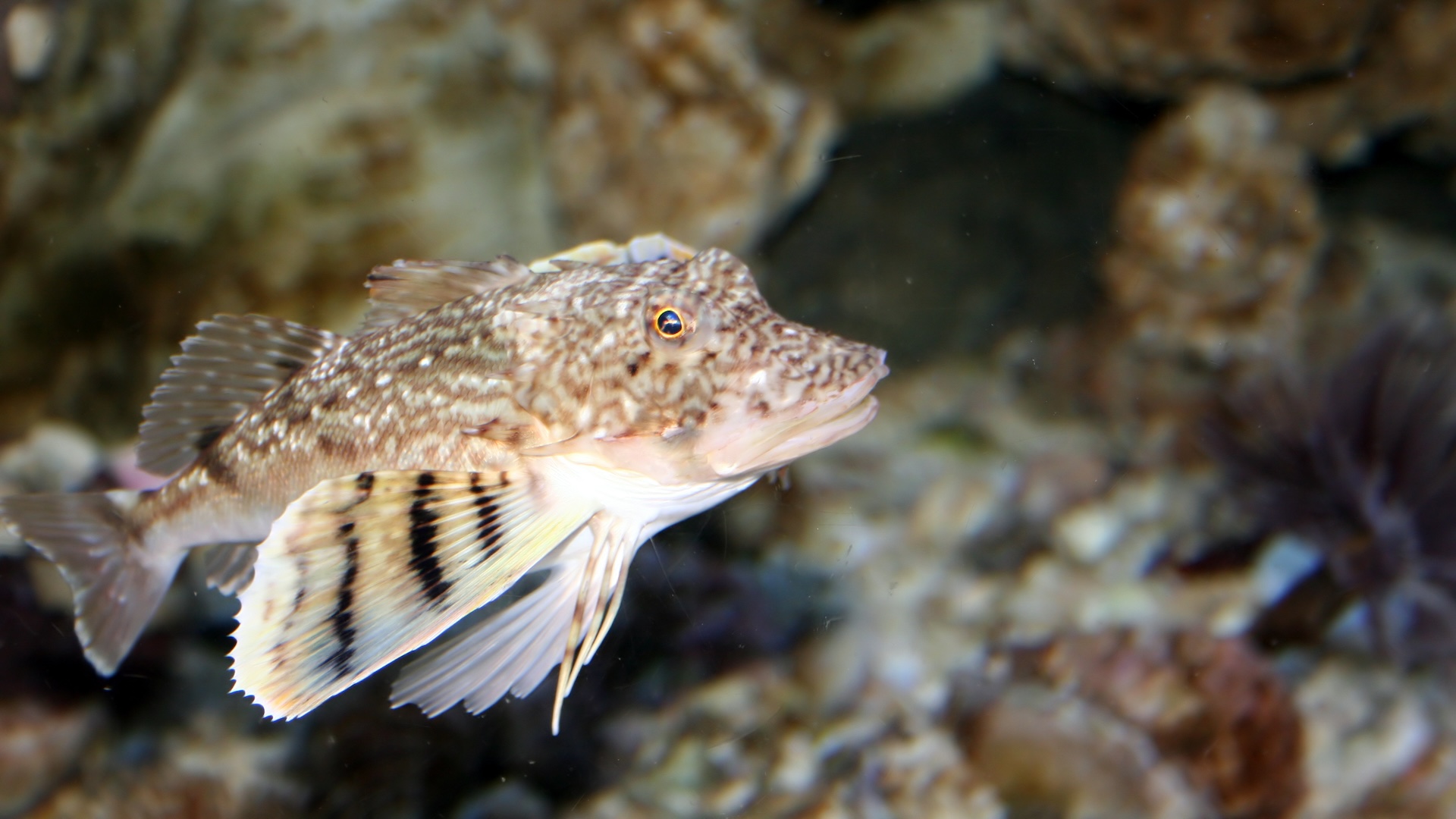Sensors, Vol. 23, Pages 5044: Proximal Active Optical Sensing Operational Improvement for Research Using the CropCircle ACS-470, Implications for Measurement of Normalized Difference Vegetation Index (NDVI)
Sensors doi: 10.3390/s23115044
Authors: Matthew M. Conley Alison L. Thompson Reagan Hejl
Active radiometric reflectance is useful to determine plant characteristics in field conditions. However, the physics of silicone diode-based sensing are temperature sensitive, where a change in temperature affects photoconductive resistance. High-throughput plant phenotyping (HTPP) is a modern approach using sensors often mounted to proximal based platforms for spatiotemporal measurements of field grown plants. Yet HTPP systems and their sensors are subject to the temperature extremes where plants are grown, and this may affect overall performance and accuracy. The purpose of this study was to characterize the only customizable proximal active reflectance sensor available for HTPP research, including a 10 °C increase in temperature during sensor warmup and in field conditions, and to suggest an operational use approach for researchers. Sensor performance was measured at 1.2 m using large titanium-dioxide white painted field normalization reference panels and the expected detector unity values as well as sensor body temperatures were recorded. The white panel reference measurements illustrated that individual filtered sensor detectors subjected to the same thermal change can behave differently. Across 361 observations of all filtered detectors before and after field collections where temperature changed by more than one degree, values changed an average of 0.24% per 1 °C. Recommendations based on years of sensor control data and plant field phenotyping agricultural research are provided to support ACS-470 researchers by using white panel normalization and sensor temperature stabilization.

 1 year ago
28
1 year ago
28


